Percentages
Percentages are a way of expressing a number as a fraction of 100. The word "percent" means "per hundred," so when we talk about percentages, we are talking about a number out of 100.
Converting between percentages and decimals
To convert a percentage to a decimal, divide the percentage by 100. For example, to convert 25% to a decimal, you would divide 25 by 100 to get 0.25.
To convert a decimal to a percentage, multiply the decimal by 100. For example, to convert 0.75 to a percentage, you would multiply 0.75 by 100 to get 75%.
Finding the percentage of a number
To find a certain percentage of a number, you can multiply the number by the decimal equivalent of the percentage. For example, to find 20% of 150, you would multiply 150 by 0.20 to get 30.
Calculating percentage increase or decrease
To calculate the percentage increase or decrease between two numbers, you can use the following formula:
Percentage change = ((new number - original number) / original number) * 100
If the result is positive, it's a percentage increase. If it's negative, it's a percentage decrease.
Study Guide
- Understand the concept of percentages as fractions of 100.
- Practice converting between percentages and decimals.
- Learn how to find the percentage of a number.
- Practice calculating percentage increase or decrease using the formula.
- Work on real-world problems involving percentages, such as discounts, taxes, and tips.
Remember to use the conversion formulas, practice with sample problems, and apply the concepts to real-life situations to master the topic of percentages.
[Percentages] Related Worksheets and Study Guides:
.◂Math Worksheets and Study Guides Seventh Grade. Introduction to Functions

 Activity Lesson
Activity Lesson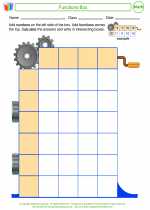
 Worksheet/Answer key
Worksheet/Answer key
 Worksheet/Answer key
Worksheet/Answer key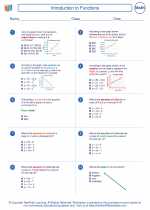
 Worksheet/Answer key
Worksheet/Answer key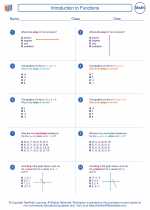
 Worksheet/Answer key
Worksheet/Answer key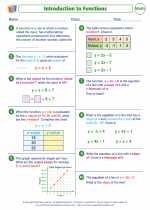
 Worksheet/Answer key
Worksheet/Answer key
 Worksheet/Answer key
Worksheet/Answer key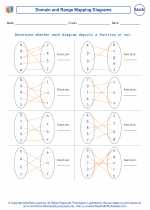
 Worksheet/Answer key
Worksheet/Answer key
